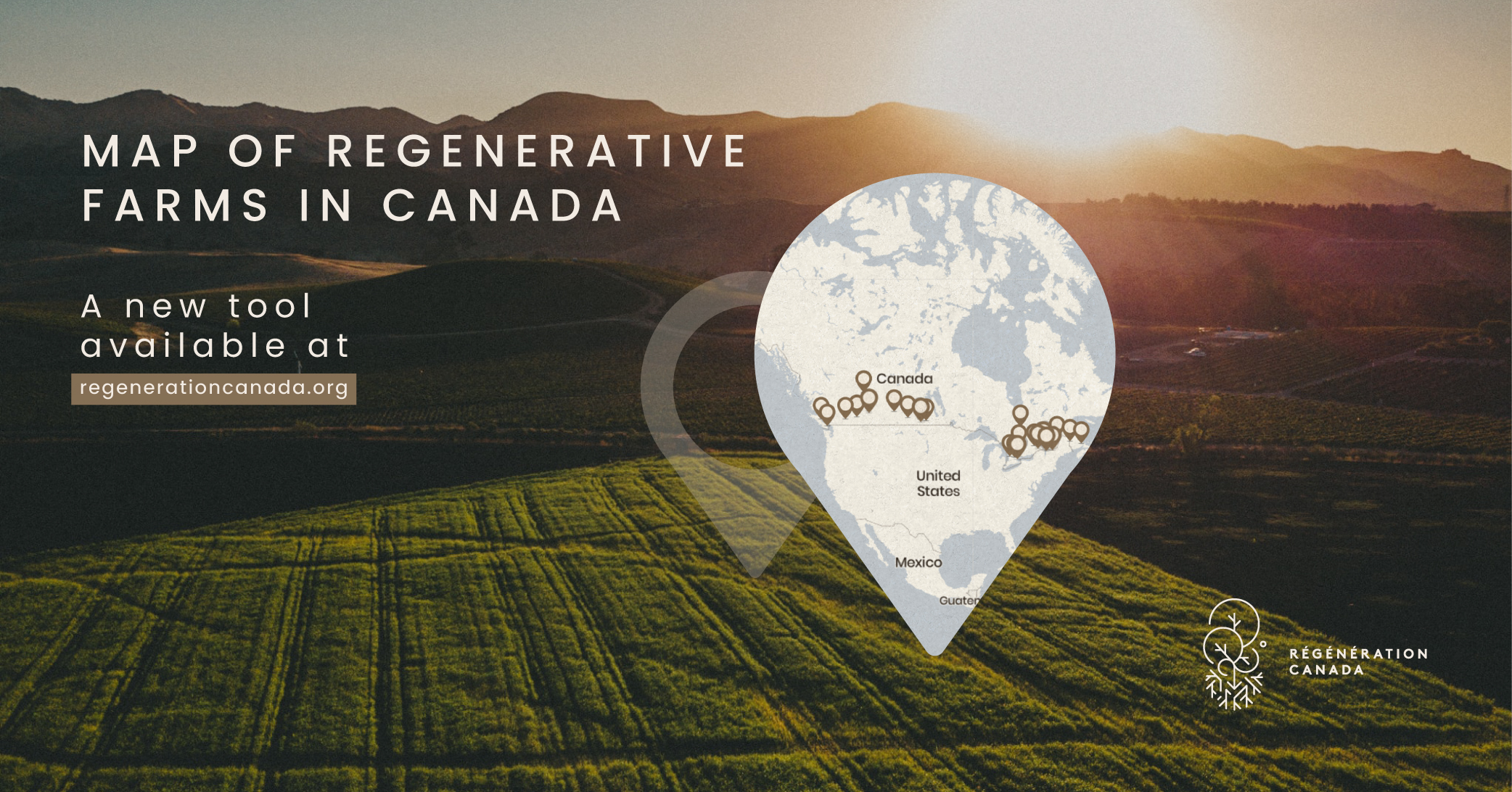Keyword | xRegenerative business xBiodiversity xCarbon Sequestration xClimate change xLivestock xAgroforestry xEcosystems xCover crops xSoil science xWater Cycles xNo-till xIndigenous xSoR Articles xEvents xSymposium xOrganic xCompost xSoil Guardians xInsects and pollinators xCompost tea xWildlife xMarket gardening xBiology xFlora xMicroscope xWine xBiodynamics xAnimal welfare xWell-being in agriculture xRiparian strips xdairy xArt xApiculture xSoil health and fertility xConservation xCereals xForage plants xRotation xClimate xManure xSoil management xCrop and forage xEnvironment xPasture management xWater management xBiodiversity-enhancing features xFertilization and inputs xGreenhouse gases xAmendments xSoil analysis xHydrogeomorphology xPerennial crops xAnnual crops xWindbreaks xDrought resilience xErosion control xDrainage and runoff xPest management xNative plants |
Events tags | xPublic speaking xWebinars xWorkshops xRegen meetups xStories of regeneration xSoR Webinars xGeneral Assembly xNetworking events |
Cetab+ floral blend
Read more
The exceptional ones: Native plants of interest for biodiversity-friendly landscaping
Read more
How to promote pollinators in agricultural environments
Read more
Take a walk on the wild side: Wild plants are better at repelling insect pests than domesticated varieties
Read more
Northern BC: Finding our farm pollinators
Read more
Bees Like Diversity: Polycultures Can Support Many Kinds of Pollinators
Read more
Flower bands
Read more
Good practices favorable to biodiversity on the farm
Read more



